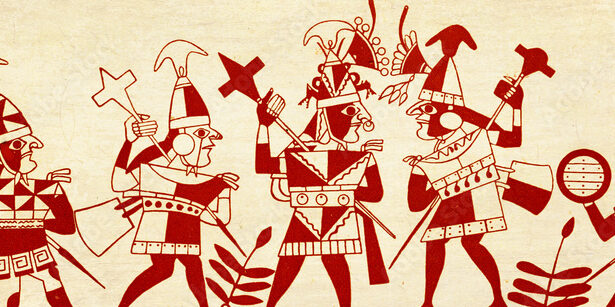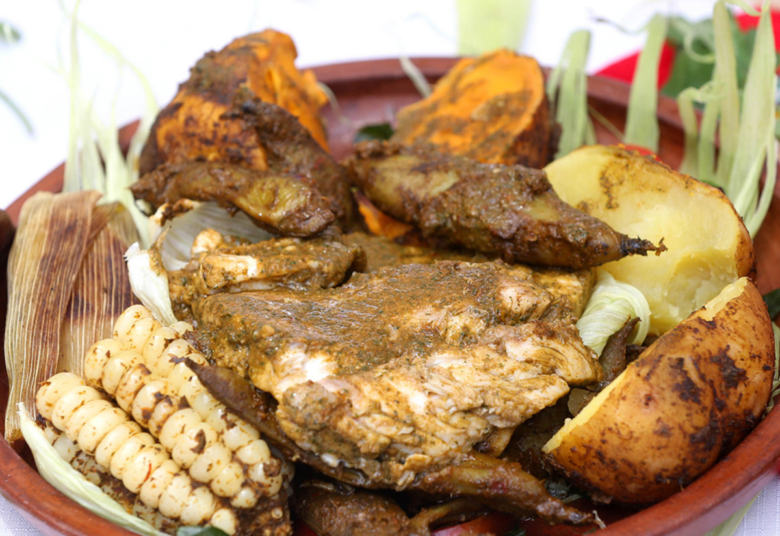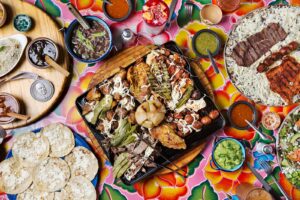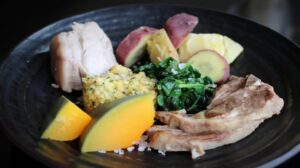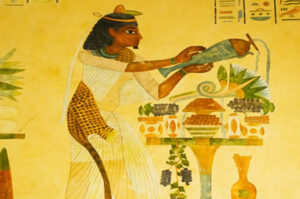Firstly, In the Andean region of South America, the Inca civilization flourished, leaving behind a rich cultural heritage of culinary traditions and remarkable art.
Second, Andean culinary traditions deeply rooted in the region’s diverse landscapes and agricultural abundance.
Also, the Incas skilled farmers, cultivating a wide variety of crops like potatoes, quinoa, corn, and various fruits and vegetables.
Likewise, these ingredients formed the basis of their diet and culinary creations.
Furthermore, the Incas had a unique cooking technique called “chuño,” which involved freeze-drying potatoes to preserve them for long periods. This innovative method allowed them to store food and sustain their communities during harsh conditions and extended journeys.
Moreover, the Incas also mastered the art of making chicha, a traditional fermented beverage made from corn. Chicha held ceremonial significance and used in religious rituals and festive celebrations.
In addition to their culinary achievements, the Incas skilled artisans, creating remarkable art that reflected their deep connection with nature and spirituality.
Keep reading about, Andean Culinary Inca Art:
Additionally, Inca art characterized by its intricate stone-masonry and architecture. They built impressive structures like Machu Picchu and Sacsayhuaman, showcasing their engineering prowess and devotion to their deities.
Besides, the Incas also exceptional weavers, producing intricate textiles using vibrant colors and geometric patterns. These textiles highly valued and served as symbols of status and identity.
Notably, their art often depicted symbols of nature and celestial objects, reflecting their reverence for the sun, moon, and stars, which held significant religious importance.
As a result of their strong connection with nature and agricultural knowledge, Andean culinary traditions and Inca art were closely intertwined.
Therefore, food and art played vital roles in the Inca society, shaping their way of life and cultural identity.
In conclusion, the Andean region’s culinary traditions and Inca art were essential components of the Inca civilization’s cultural richness.
